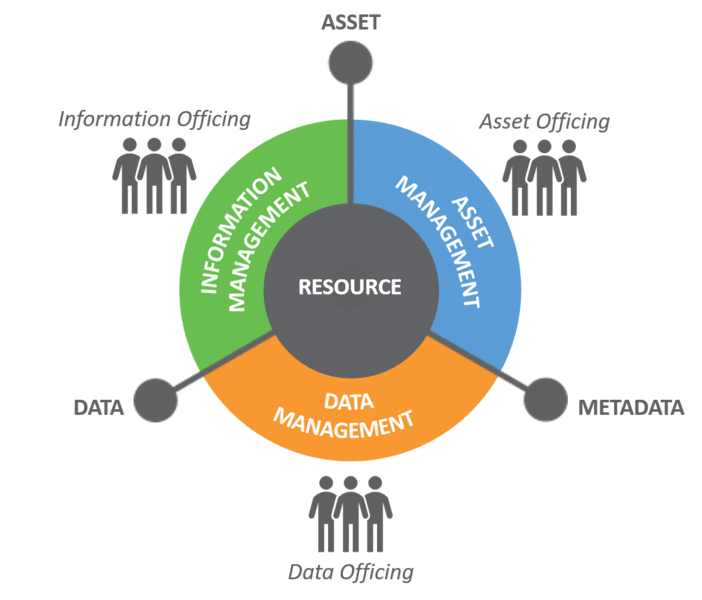According to recent estimates, the average worker spends just under 40% of the day on his or her actual job. The remainder is taken up by meetings, emails, and other interruptions, which means that it’s more crucial than ever to accurately forecast and plan the jobs you want your team to do. In this guide, you’ll learn four important principles of effective resource management.
Accurate Project Requirements
By getting the necessary information before kicking off a project, you and your team members will be able to allocate resources effectively. Depending on the nature of the job, your input may be different, but it should focus on the goal and it should include:

- Relevant milestones and deadlines
- Strategic alignment
- Success metrics and project goals
- Budgeting
- Actionable learning from past projects
- Key competitors
- Required approvers for the project’s duration
By making an initial investment of time into the gathering of a project’s requirements, you’ll save your team’s time, money, and sanity.
Planning for Contingencies
While no one likes sudden requests, they are part of the job in most industries. For instance, last-minute opportunities may arise, or market shifts may push planned activities into obsolescence. Ad hoc requests are common, and in many cases, they derail teams’ work, making everyone frustrated and miserable.
If you are tracking the work your team does, it’s easy to estimate how much of their time is devoted to these requests and to account for it in your resource plan. While this means you’d have reduced utilization scheduling for these team members, you’d also come away with a realistic view of what they can accomplish.
Knowing How Much Time is Needed to Get the Job Done
This principle is very simple; all you have to do is track the time it takes to complete repeatable projects. When you’re tracking project duration and hours worked, you’ll probably be surprised at how you were under-budgeting time requirements. Once you’ve got a concrete idea of how long a job should take, it’s easier to allocate resources to get things done.
Creating a Prioritization Methodology
There are numerous ways to use Technology Evaluation Centers software to prioritize around opportunities, departmental goals, and bosses’ requests. In the end, however, it’s best to consider the factors listed below.
- Strategic alignment: How do those requests align with the department or team’s goals?
- Important vs. urgent: How will the team differentiate between requests that must be handled now and those that can wait?
- Relative effort: In the business world, it’s common for people to make requests that will “only take a few minutes”, just to push things through the system. However, for scheduling purposes, it’s important to know how much effort it takes to fulfill the most common requests.
By setting priorities in a methodical way, your company will find it easier to allocate resources and streamline operations without sacrificing customer service and satisfaction.
In Closing
Any changes you make to your resource management strategies require a shift in the way your team thinks. Change is difficult, no matter what industry you’re in, and it’s crucial to give your team members the space they need to process those changes. Over-allocating resources lead to high turnover, burnout, and other negative consequences. With discipline and strategic resource management, you can keep team members satisfied and lead customers to trust that you will deliver in a timely manner.

